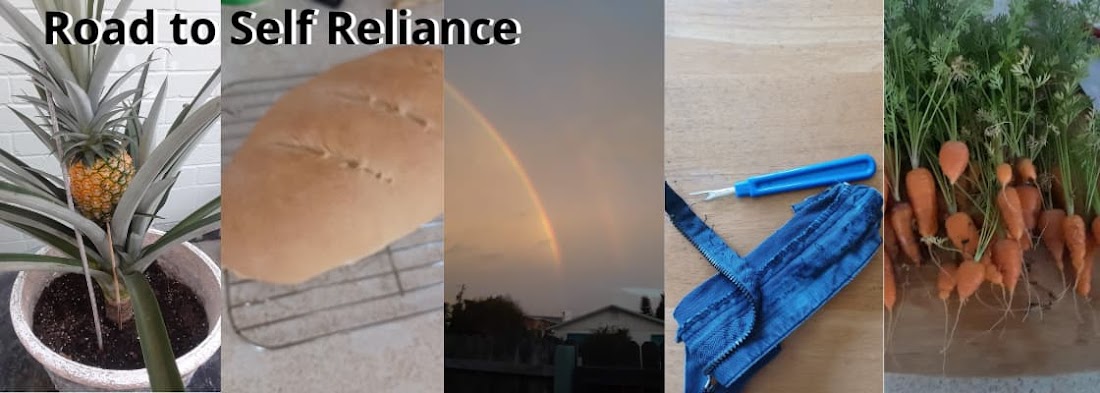During the heat of summer, a sun shade may protect your garden plants. Here's an inexpensive DIY version that I tried.
Living in gardening zone 9b, I've learned that July and August are not good for growing crops. Even heat loving vegetables can slow or stop producing as the sun that beats down on them daily. No amount of watering can compensate for the brutal sun.
Shade, however, can offer some relief. Please understand that this won't let you grow crops that northern friends grow with ease during the summer. What it can do is help keep plants alive and prevent damage to produce.
My Garden Needed Relief From The Sun
The off-season for gardening in Florida is the heat of the summer. July and August are not good times to grow things. Plants that produced well during the spring may still be alive, but production is diminished.
My garden is on the patio between my house and garage. It is south facing, and enclosed with a privacy fence and the concrete walls of the garage and house. During the summer, it gets hot in that area.
This year I noticed that my bell peppers, which normally love the summer sun and heat, were getting
sunscald. I needed to do something.
One solution is to put up sun shade. The idea intrigued me, but I didn't want to spend a lot of money until I could tell if it helped or not. When I found
this article, I knew I had a place to start.
My Sun Shades
I purchased several yards of nylon netting, cut it to (more-or-less) fit over the raised beds, and tied the corners to bamboo sticks inserted in the beds.
Pros
- It was inexpensive
- It was easy to set up
- It was easy to take down when summer storms blow through
Cons
- It didn't cover the entire bed. I will need to get longer bamboo poles and put them in the ground outside the bed for better coverage.
- It wasn't enough to protect all my plants - my green beans shriveled and died even with the sun shade (to be fair, I planted them much too late so they probably wouldn't have made it anyway)
- It isn't the prettiest look (although my garden is behind fencing, so only my husband and I see it.
Overall Impression of my DIY Sun Shades
For taller plants, like my everglades tomato, I need taller poles. This also means that other things may not get enough protection, but careful planning of where I plant in the raised beds could mitigate that.
For other containers, I'm going to have to come up with a way to cover them.
Will I Use Them Again?
Absolutely! My bell peppers, while still small due to the heat, did not have any more sun scald.
I plan to buy more nylon netting and cut it to better fit over my raised beds. What I used this year can be cut down to place on container plants.
I was late putting it up this year - mid-July - and want to try it earlier next summer.
If you notice sun damage on plants in your garden, give this easy and inexpensive DIY sun shade a try and see how it works for you.







